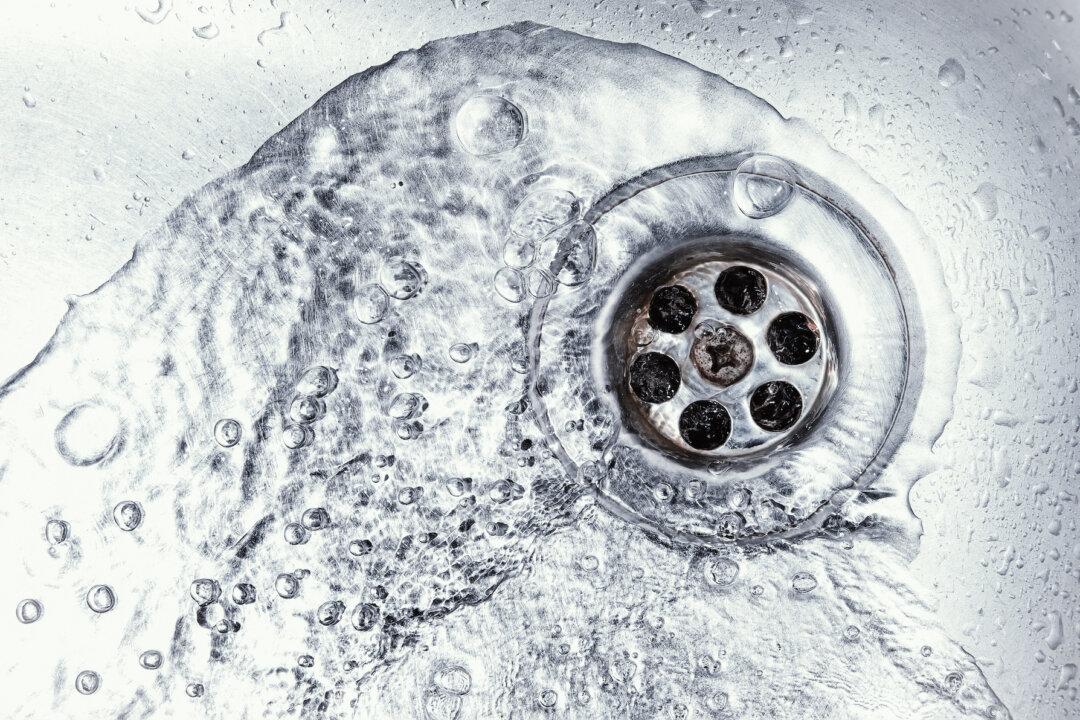It was Christmas Eve several years ago. Everything was ready. Our overnight company would be arriving in a matter of hours. I opened the refrigerator to discover the inside had reached a balmy 70 degrees F. This could not have happened at a worse time. Away to my computer I flew like a flash, straight to RepairClinic.com, where I entered the make and model of our refrigerator and read all the possibilities for why it was running but not cooling.
By following the suggestions and detailed instructions, we performed eight years’ worth of maintenance by looking under the darned thing for the coils that had become hopelessly covered in refrigerator gunk. We were back up and cooling in no time at all.
Refrigerator
Using a vacuum and/or brush, clean dust from compressor coils every few months. The coils need to be super clean for the refrigerator to run efficiently. According to Family Handyman, clogged condenser coils are the culprit behind 70 percent of refrigerator service calls. Calling in the pros for a fix can run you $90 or more per hour plus parts, not to mention the hassle of actually getting a reliable repair serviceman to show up on a moment’s notice.Dishwasher Rack
Inspect the dish rack tines for rusting. Rust particles can ruin the pump and seals, causing a hidden leak or pump failure. A tine repair kit, available at manufacturer websites or Amazon, can save you the cost of a new dish rack. The kits come in various colors to match yours. If the dish rack is beyond salvation, it should be replaced.Range Stovetop
Dirty stovetop drip bowls reduce the heating efficiency of the burner, so clean or replace them regularly. Bar Keepers Friend will make light work of that tough job. Another choice: Dawn Heavy Duty Degreaser. By the way, never cover drip bowls on electric cooktops with foil! My electrician warns this can short-circuit the burner. Keeping reflector bowls beneath burners shiny helps them reflect heat.Humidifier
Calcium and other mineral deposits reduce the effectiveness of humidifier pads to evaporate moisture into the air. Replace humidifier filters and pads annually, even if they appear to be fine.Window Air Conditioner
Clean or replace the air filter in your air conditioner once each month that it is in use to help the unit run more efficiently. Don’t forget to give the evaporator and condenser coils an annual cleaning. Use the model number of your unit to find the correct filter.Clothes Dryer
Clean the lint filter after each use to keep air flowing freely. Each year, clean the entire exhaust duct to prevent fire.Washing Machine
Washing machines are responsible for more than $150 million of damage in homes across the U.S. every year. Imagine a river flowing from your laundry room with hundreds of gallons of water per hour, pouring over thresholds and flooring, soaking your furniture and prized collectibles. It happens. Washing machine hoses score No. 1 in the lineup of the most neglected maintenance items in a home.If you have a washing machine, you need to check the water inlet, or “water-fill,” hoses at least once a year. There are two of them and they connect the machine to the cold and hot water faucets. You cannot tell simply by looking at these hoses if they need to be replaced. Age, chemicals in the water and the buildup of calcium deposits over time can degrade rubber. To complicate matters further, even a “new” hose could be old, having lived a good deal of its life in a warehouse.
If you cannot remember ever replacing your water inlet hoses, put that on your list for next weekend. Repeat in three years, even though most manufacturers and all insurance companies recommend replacing the hoses every three to five years. You cannot be too cautious.
There are two types of hoses: Rubber hoses for about $5 each, or braided, stainless steel hoses for about $15 each. While stainless steel hoses have the edge when it comes to performance, they are not foolproof. The connectors can break loose, and the rubber interior of the metal hose often deteriorates.
Installing new hoses is not at all difficult. It’s like attaching a garden hose. But beware: Installation error is the biggest cause of premature hose failure. Sharp kinks or bends in the hose can weaken the hose itself or the seal at the connector.
Need Help? NaturalHandyMan.com and RepairClinic.com, are both excellent self-help sites that will come to your rescue with diagnoses, repair instructions and maintenance tips for jobs around the house and help with your household appliances.







